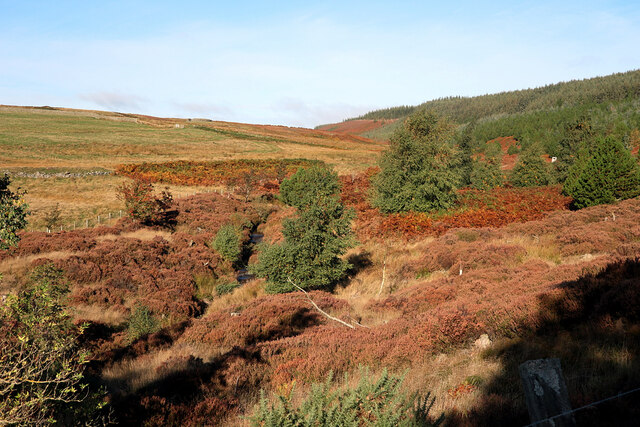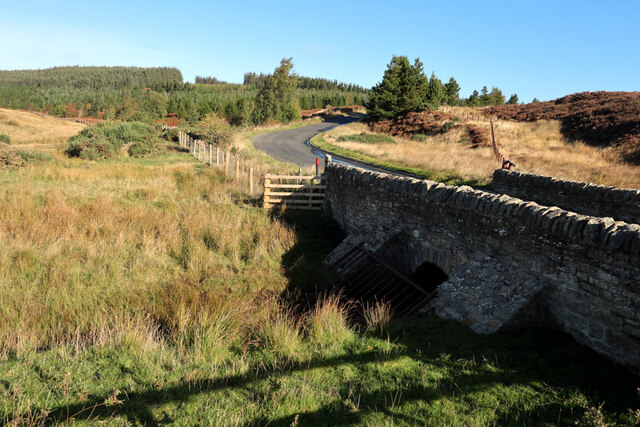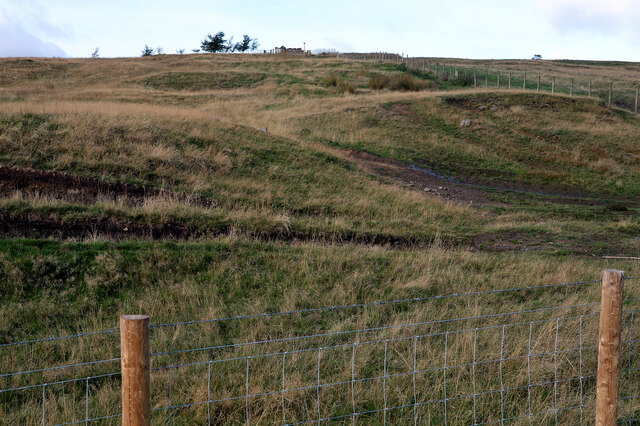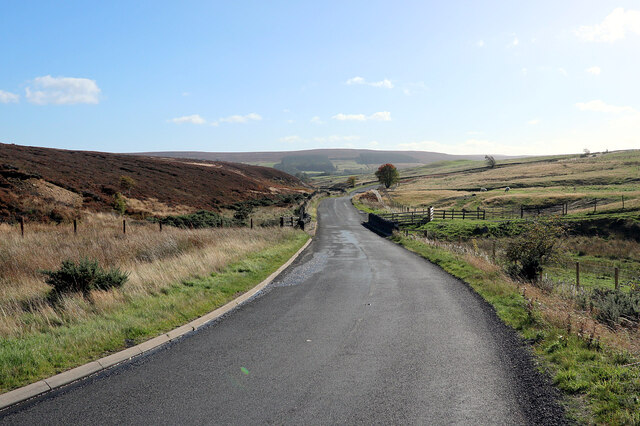Colpitts Grange
Settlement in Northumberland
England
Colpitts Grange
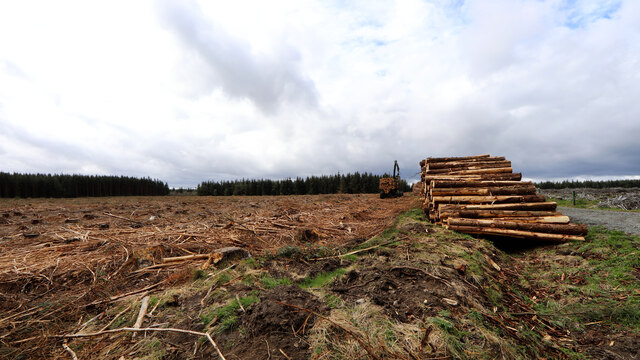
Colpitts Grange is a small hamlet located in the county of Northumberland, England. Situated approximately 4 miles west of the market town of Morpeth, it is nestled in the beautiful Northumberland countryside.
Colpitts Grange is primarily a residential area, known for its picturesque landscapes and tranquil atmosphere. The hamlet consists of a cluster of traditional stone-built houses, which give it a charming and timeless character. Surrounded by lush green fields and rolling hills, it offers stunning views of the surrounding countryside.
Despite its rural setting, Colpitts Grange benefits from its proximity to Morpeth, which provides access to a range of amenities including shops, restaurants, schools, and healthcare facilities. The hamlet is also well-connected to the wider region, with good transportation links to nearby towns and cities.
The surrounding area offers plenty of opportunities for outdoor activities and exploration. The nearby Northumberland National Park provides ample opportunities for hiking, cycling, and wildlife spotting. Additionally, the historic sites of Wallington Hall and Bolam Lake Country Park are just a short drive away, offering visitors a chance to delve into the region's rich heritage and natural beauty.
In summary, Colpitts Grange is a peaceful and idyllic hamlet in Northumberland, offering residents and visitors a haven of tranquility amidst stunning natural surroundings.
If you have any feedback on the listing, please let us know in the comments section below.
Colpitts Grange Images
Images are sourced within 2km of 54.889738/-2.032707 or Grid Reference NY9855. Thanks to Geograph Open Source API. All images are credited.

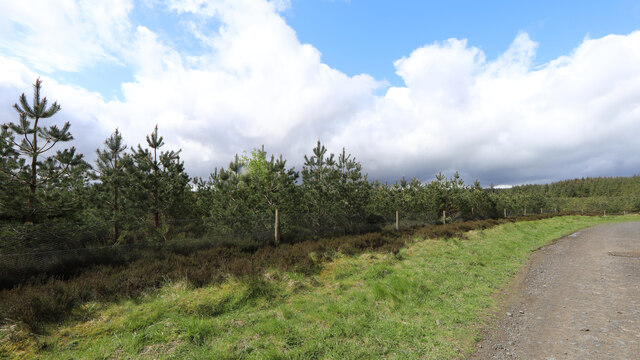
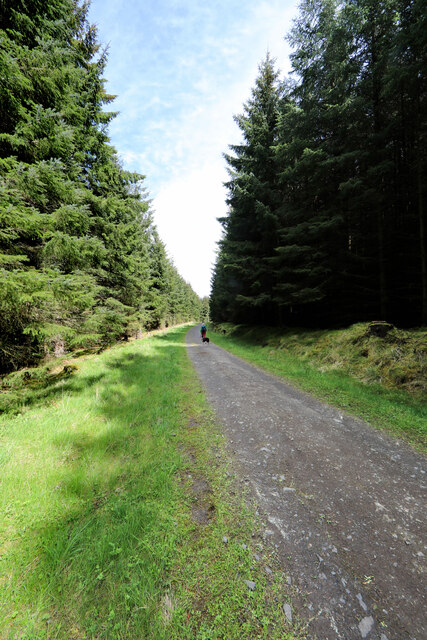
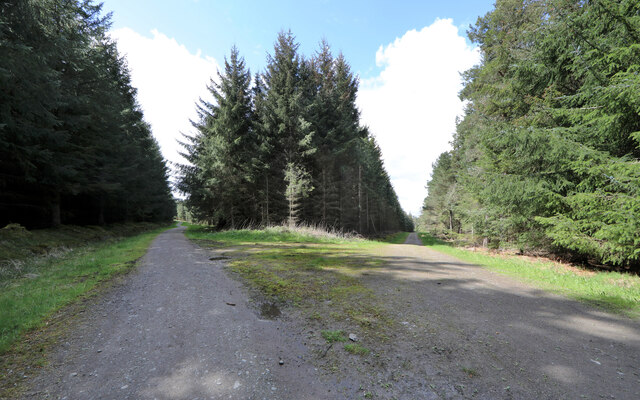
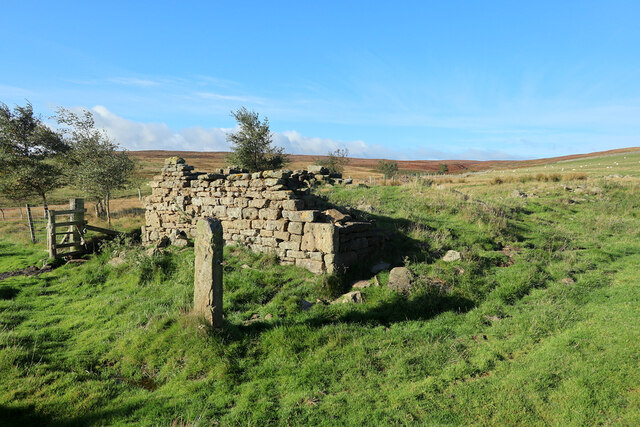
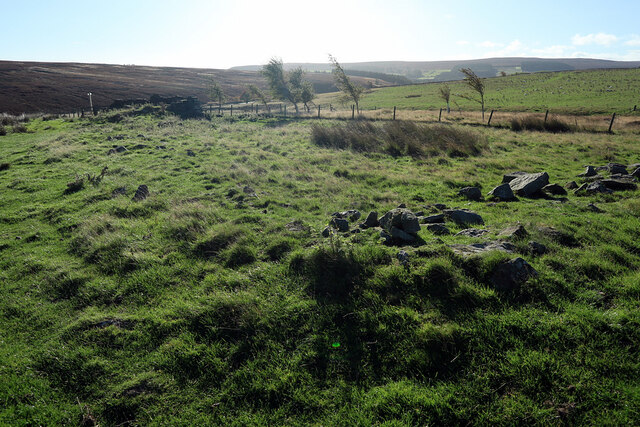
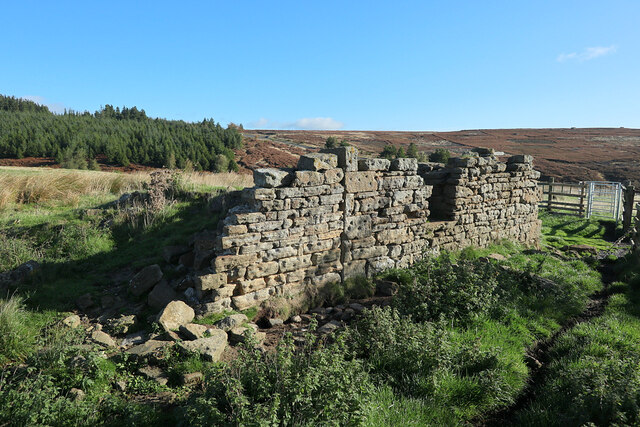
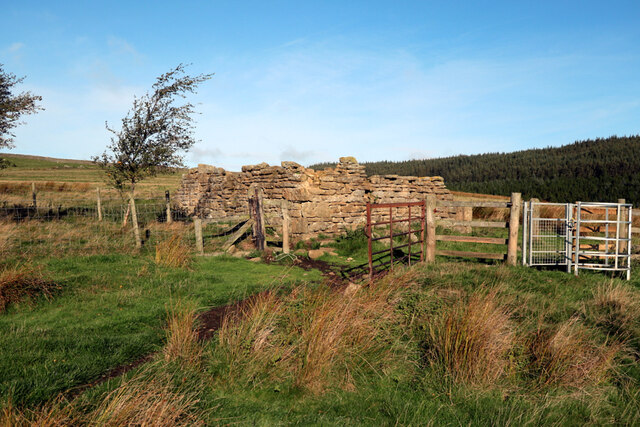
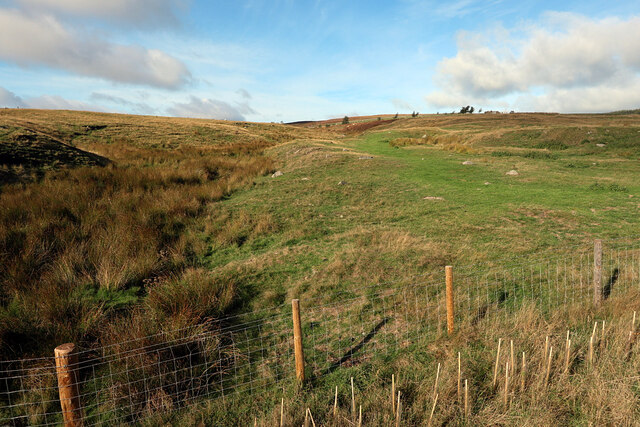
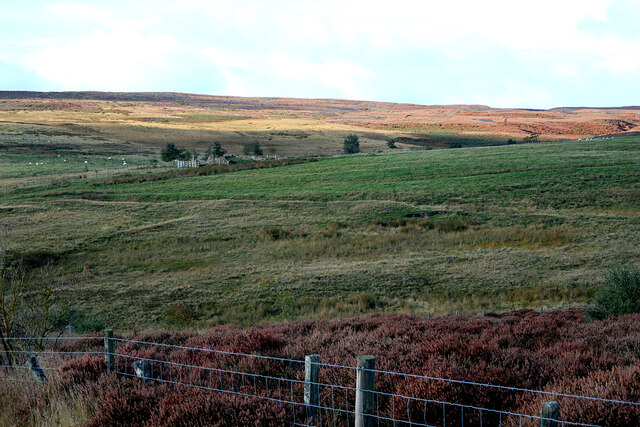

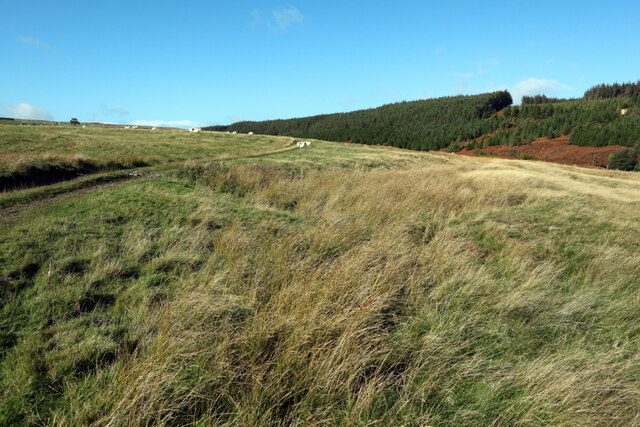
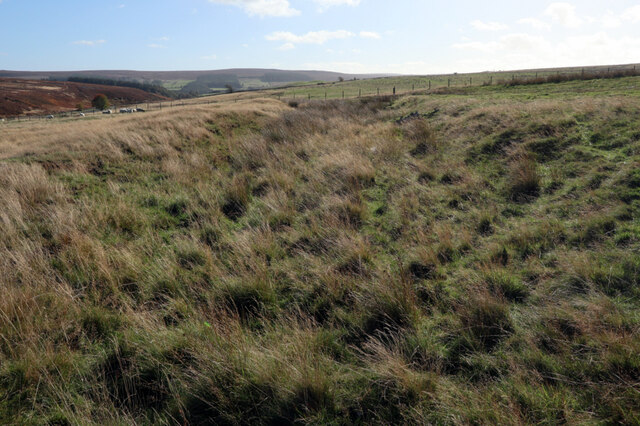
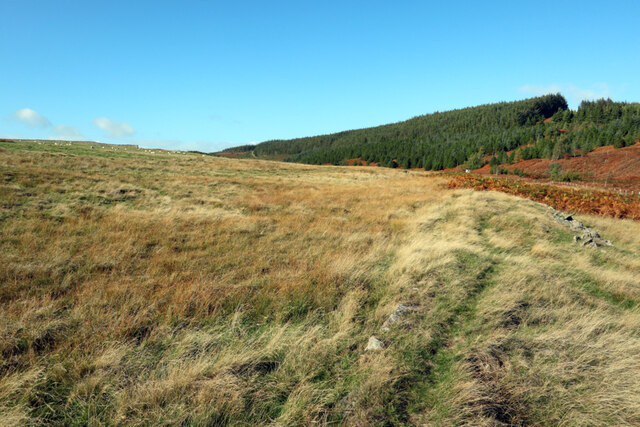
Colpitts Grange is located at Grid Ref: NY9855 (Lat: 54.889738, Lng: -2.032707)
Unitary Authority: Northumberland
Police Authority: Northumbria
What 3 Words
///fingernails.origins.domain. Near Slaley, Northumberland
Nearby Locations
Related Wikis
Colpitts Grange
Colpitts Grange is a hamlet in Northumberland, England. It is about 7 miles (11 km) to the south-east of Hexham. == Governance == Colpitts Grange is in...
Slaley Hall
Slaley Hall is a country house golf resort in Northumberland in North East England, built by local developers Seamus O'Carroll and John Rourke which hosted...
Slaley, Northumberland
Slaley is a village in Northumberland, England. It is situated to the southeast of Hexham. It is surrounded by the following villages: Ruffside, Whitley...
Derwent Reservoir (North East England)
The Derwent Reservoir is a reservoir on the River Derwent, on the border between County Durham and Northumberland, in England. It is west of Consett. It...
Pow Hill Bog
Pow Hill Bog is a Site of Special Scientific Interest in the Wear Valley district of County Durham, England. It lies alongside Derwent Reservoir, approximately...
Minsteracres
Minsteracres is an 18th-century mansion house, now a Christian retreat centre, in Northumberland, England. It is a Grade II listed building.The house was...
Blanchland Abbey
Blanchland Abbey at Blanchland, in the English county of Northumberland, was founded as a premonstratensian priory in 1165 by Walter de Bolbec II, and...
Blanchland
Blanchland is a village in Northumberland, England, on the County Durham boundary. The population of the civil parish at the 2011 census was 135.Set beside...
Nearby Amenities
Located within 500m of 54.889738,-2.032707Have you been to Colpitts Grange?
Leave your review of Colpitts Grange below (or comments, questions and feedback).
